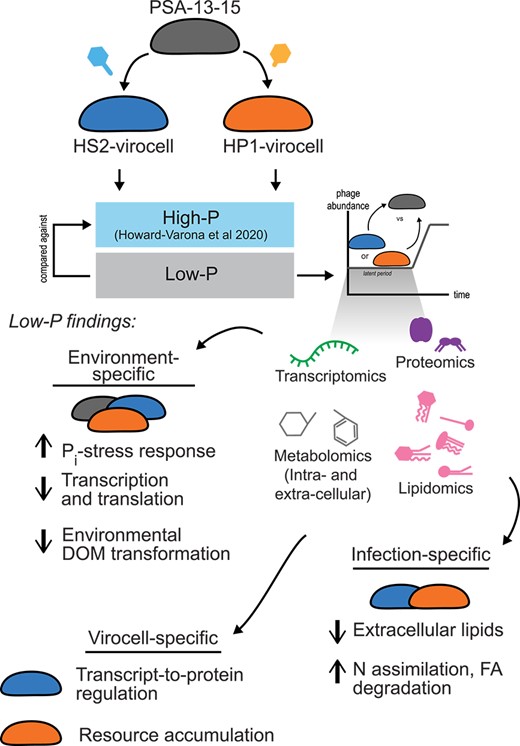2024-08-01 ワシントン大学セントルイス校
<関連情報>
- https://source.wustl.edu/2024/08/aging-related-genomic-culprit-found-in-alzheimers-disease/
- https://www.science.org/doi/10.1126/science.adl2992
神経細胞の直接リプログラミングによる遅発性アルツハイマー病神経病理学のモデル化 Modeling late-onset Alzheimer’s disease neuropathology via direct neuronal reprogramming
Zhao Sun, Ji-Sun Kwon, Yudong Ren, Shawei Chen, […], and Andrew S. Yoo
Science Publishes:2 Aug 2024
DOI:https://doi.org/10.1126/science.adl2992
Editor’s summary
The ability to model Alzheimer’s disease is critical for understanding the pathophysiology of the disease and for identifying effective therapies. Sporadic, nongenetic, late-onset Alzheimer’s disease (LOAD) is the most common form, but unfortunately, LOAD models are lacking. Sun et al. developed a microRNA-based direct reprogramming approach using fibroblasts from individuals with LOAD. The authors generated neurons presenting the major hallmarks of the disease, including depositions of the proteins Aβ and tau and dysregulation of age-associated transposable elements. Preventing transposable element dysregulation rescued neurodegeneration and reduced Aβ deposition. Using direct reprogramming for modeling LOAD could help in the development of treatments for this incurable disorder. —Mattia Maroso
Structured Abstract
INTRODUCTION
Extracellular accumulation of amyloid-β (Aβ) deposits, insoluble tau formation, and neuronal loss are critical neuropathological hallmarks of Alzheimer’s disease (AD). Research on AD models has predominantly focused on genetic mutations linked to early-onset autosomal dominant AD (ADAD). However, the ability to model the age-associated neuropathological features of sporadic late-onset AD (LOAD), accounting for over 95% of cases, remains a major challenge. This gap is due to the complexity of LOAD stemming from various risk factors, including aging. Induced pluripotent stem cells have enabled the generation of human neurons. However, these stem cell–based neurons revert to a fetal-like cellular age, limiting their utility in reflecting age-associated characteristics. Alternatively, direct neuronal reprogramming of patient somatic cells such as fibroblasts retains age-related traits. We use brain-enriched microRNAs (miRNAs), miR-9/9*, and miR-124, as highly efficient reprogramming effectors to generate LOAD neurons in three-dimensional (3D) environment as a robust platform for capturing critical age-associated AD phenotypes.
RATIONALE
Neurons generated by 3D-direct neuronal reprogramming of LOAD patient fibroblasts would carry identical genetic information and retain the cellular age of affected elderly individuals. We thus hypothesize that miRNA-induced LOAD neurons would recapitulate age-associated degenerative processes characterized by late-onset neuropathological features of AD.
RESULTS
As proof of principle, cortical neurons were generated by neuronal conversion of fibroblasts from individuals with ADAD using miR-9/9*-124 along with NEUROD2 and MYT1L. MiRNA-induced neurons were cultured in 3D environments consisting of (i) a thin Matrigel layer embedded with AD neurons and (ii) high cell density, self-assembled spheroids comprised of directly reprogrammed neurons. AD phenotypes were assessed in comparison to age-matched control neurons from cognitively normal individuals. We found that 3D ADAD neurons exhibited extracellular accumulation of Aβ, formation of seed-competent and insoluble tau, bulged dystrophic neurites, and neurodegeneration. Importantly, applying this 3D neuronal reprogramming to fibroblasts from individuals with LOAD effectively manifested hallmark AD neuropathological features. Notably, inhibiting APP processing during the early phase of neuronal reprogramming reduced the accumulation of Aβ deposits, tauopathy, and neurodegeneration whereas treatment during the late phase when Aβ deposits had already begun to form was ineffective. Additionally, LOAD neurons exhibited gene expression changes related to neuroinflammation compared to age-matched controls. Notably, both aged healthy control (aged 66 to 90) and LOAD (aged 66 to 90) neurons manifested changes in retrotransposon elements (RTE) expression compared to young healthy control neurons (aged 36 to 61). Disrupting age-associated RTE dysregulation in LOAD neurons using lamivudine (3TC) led to the reduction of Aβ, tau aggregation, neuronal death, and DNA damage, correlated with expression changes of genes associated with inflammation.
CONCLUSION
The findings demonstrate the feasibility and sufficiency of miRNA-induced LOAD neurons for modeling late-onset neuropathology of AD in a 3D environment. These neurons provide a platform to understand how aging influences vulnerability to late-onset neurodegeneration in LOAD patients. Extending the current study, future research goals should be directed toward identifying additional aging mechanisms contributing to AD pathogenesis, mechanisms related to AD risk genes expressed in neurons, and interactions with other brain cell types that may influence pathological features of AD in patient-derived neurons.
 When fibroblast samples from individuals with LOAD are directly reprogrammed into cortical neurons in a 3D environment, the resulting patient-derived neurons recapitulate key neuropathological markers of AD, including extracellular Aβ deposits, insoluble tau formation, and neurodegeneration.
When fibroblast samples from individuals with LOAD are directly reprogrammed into cortical neurons in a 3D environment, the resulting patient-derived neurons recapitulate key neuropathological markers of AD, including extracellular Aβ deposits, insoluble tau formation, and neurodegeneration.
This conversion system enables the identification of pathways that can be altered to influence AD phenotypes, such as the inhibition of transposable elements, which reduces neurodegeneration observed in LOAD neurons. [Figure created with BioRender.com].
Abstract
Late-onset Alzheimer’s disease (LOAD) is the most common form of Alzheimer’s disease (AD). However, modeling sporadic LOAD that endogenously captures hallmark neuronal pathologies such as amyloid-β (Aβ) deposition, tau tangles, and neuronal loss remains an unmet need. We demonstrate that neurons generated by microRNA (miRNA)–based direct reprogramming of fibroblasts from individuals affected by autosomal dominant AD (ADAD) and LOAD in a three-dimensional environment effectively recapitulate key neuropathological features of AD. Reprogrammed LOAD neurons exhibit Aβ-dependent neurodegeneration, and treatment with β- or γ-secretase inhibitors before (but not subsequent to) Aβ deposit formation mitigated neuronal death. Moreover inhibiting age-associated retrotransposable elements in LOAD neurons reduced both Aβ deposition and neurodegeneration. Our study underscores the efficacy of modeling late-onset neuropathology of LOAD through high-efficiency miRNA-based neuronal reprogramming.


